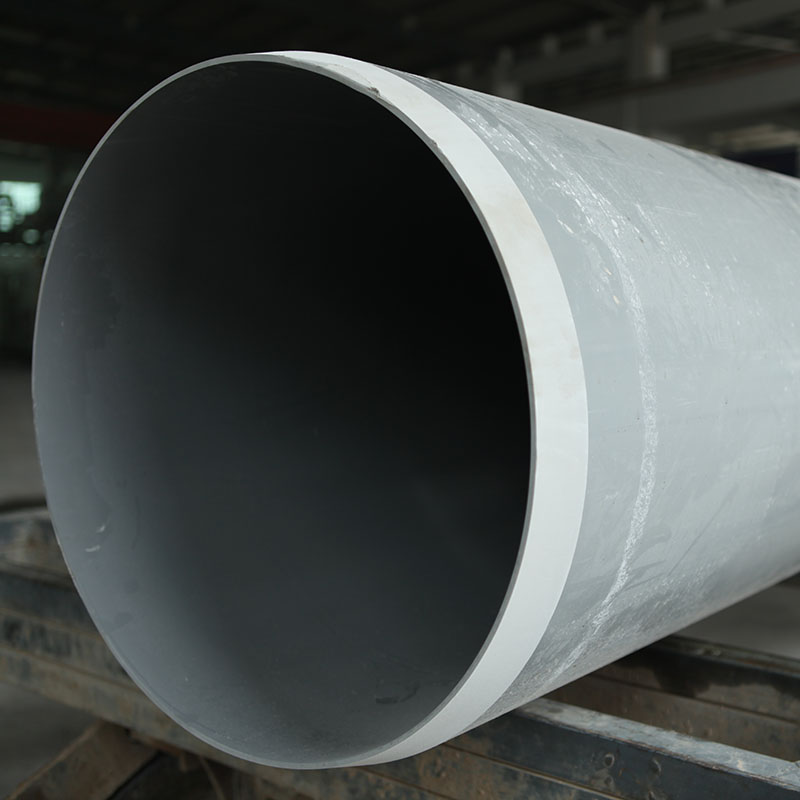Сен . 23, 2024 03:42 Back to list
drip irrigation using pvc pipe
Drip Irrigation Using PVC Pipe An Efficient Way to Water Your Garden
Drip irrigation is a highly efficient method of watering plants, delivering water directly to the roots through a network of tubing and emitters. Among the various materials used in drip irrigation systems, PVC (Polyvinyl Chloride) pipe stands out for its affordability, durability, and ease of use. This article explores how to implement a drip irrigation system using PVC pipes, focusing on its benefits and installation process.
Understanding Drip Irrigation
Drip irrigation is designed to minimize water wastage by directing water flow straight to the base of plants. This technique is particularly beneficial in arid regions where water is scarce and needs to be used wisely. Traditional methods like overhead watering often lead to evaporation and runoff, whereas drip irrigation conserves water by ensuring that it seeps slowly into the soil, allowing for deep root growth and healthier plants.
Why Choose PVC?
PVC pipes are a popular choice for agricultural and gardening applications due to their resilience against weather changes, corrosion, and UV rays. They are lightweight, making installation easier, and they are available in various diameters, providing versatility for different garden sizes and types. Additionally, PVC is relatively inexpensive compared to other materials, making it an accessible option for budget-conscious gardeners.
Installation Process
1. Planning the System Before you start, assess your garden layout. Identify the plants that require watering and their spacing. This will help determine the amount of pipe and the number of emitters needed.
drip irrigation using pvc pipe

2. Gathering Materials You'll need PVC pipes (typically ½ inch diameter is sufficient), PVC connectors (elbows, tees, and caps), emitter tubing, a pressure regulator, and a filter to prevent clogging. Tools required include a PVC cutter, drill, and measuring tape.
3. Cutting the PVC Pipes Measure and cut the PVC pipes to the required lengths based on your garden's layout. Make sure to include sections for corners and any turns in your irrigation path.
4. Connecting the System Use PVC connectors to piece the pipes together, ensuring secure connections to prevent leaks. If you're including a main line leading from a water source (like a faucet), install a pressure regulator at this point to control the flow and prevent damage to the emitters.
5. Laying Down the Emitter Tubing Attach emitter tubing to the PVC main line. Emitters are small devices that release water slowly. Place them strategically around the root zones of each plant, ensuring coverage without waterlogging.
6. Testing the System Once everything is connected, turn on the water supply and check the system for leaks. Make sure that each emitter disperses water effectively. Adjust the positioning of emitters if needed.
7. Maintenance Regularly check the system for clogs in the emitters and ensure that the filter is clean. Over time, roots may grow near the lines, so inspect the system periodically to prevent blockages.
Conclusion
Utilizing PVC pipes for drip irrigation is not only an environmentally friendly approach to gardening but also one that significantly enhances water efficiency. The installation process is straightforward and can be tailored to fit any garden size. By adopting a drip irrigation system, gardeners can ensure that their plants receive the precise amount of water needed for optimal growth, ultimately leading to a more sustainable and productive gardening experience. Whether you’re a seasoned gardener or a beginner, installing a drip irrigation system with PVC pipes is a step towards smarter, more resource-conscious gardening.
-
Premium PVC Soft Sheets: Clear, Flexible & Durable
NewsAug.12,2025
-
Premium PVC Round Rods: Durable, Chemical Resistant, Easy to Machine
NewsAug.11,2025
-
PP U-channel: Chemical-Resistant, Lightweight & Durable
NewsAug.10,2025
-
Transparent PVC Pipe: Clear Flexible Tubing for Fluids
NewsAug.09,2025
-
Durable PP Rigid Sheet: Versatile & High-Quality Plastic Panels
NewsAug.08,2025
-
Premium Glossy PP Rigid Sheet – Durable & Versatile
NewsAug.07,2025

